Heijo Palace is a 15-minute walk east of Yamato-Saidaiji Station, which is easily accessible from Kintetsu Nara Station (5 minutes, 240 yen).
You can also take bus number 14 from either JR or Kintetsu Nara Station to the palace grounds. The ride takes about 15 to 25 minutes. The Excavation Site Exhibition Hall is near the Heijokyuseki bus stop, the Imperial Audience Hall is near the Sakicho bus stop, and the Nara Palace Site Museum is near the Nijocho bus stop. Buses run twice per hour.
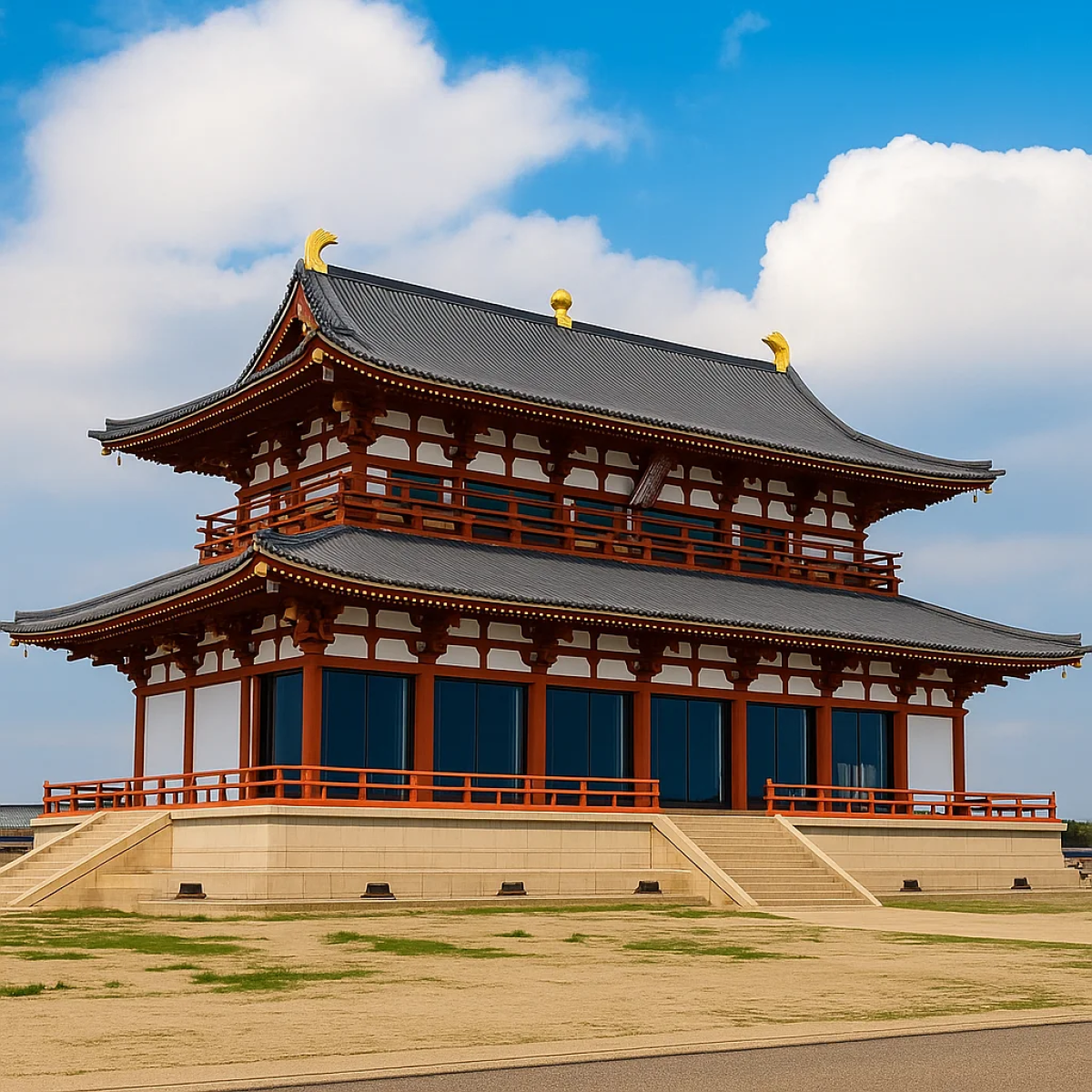
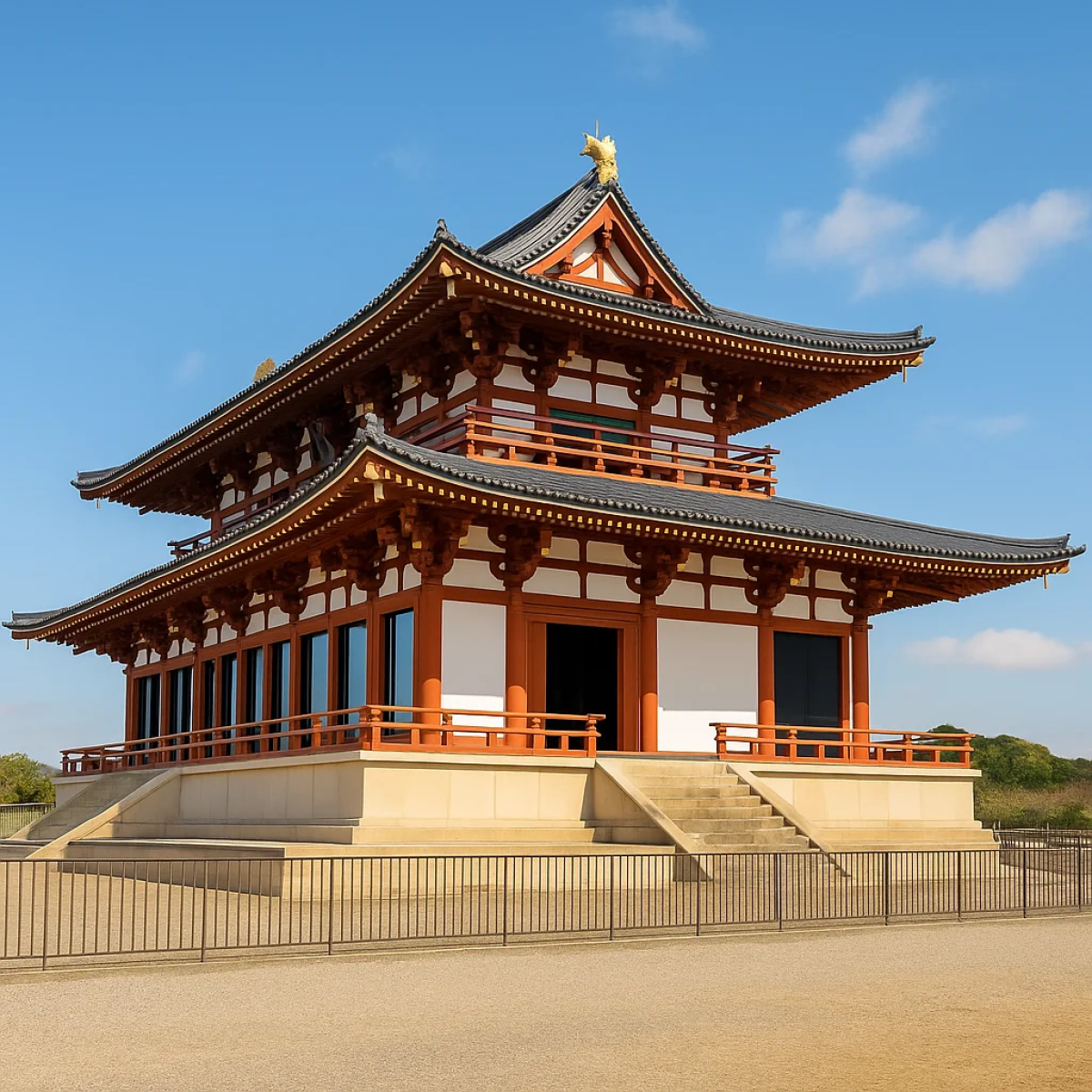
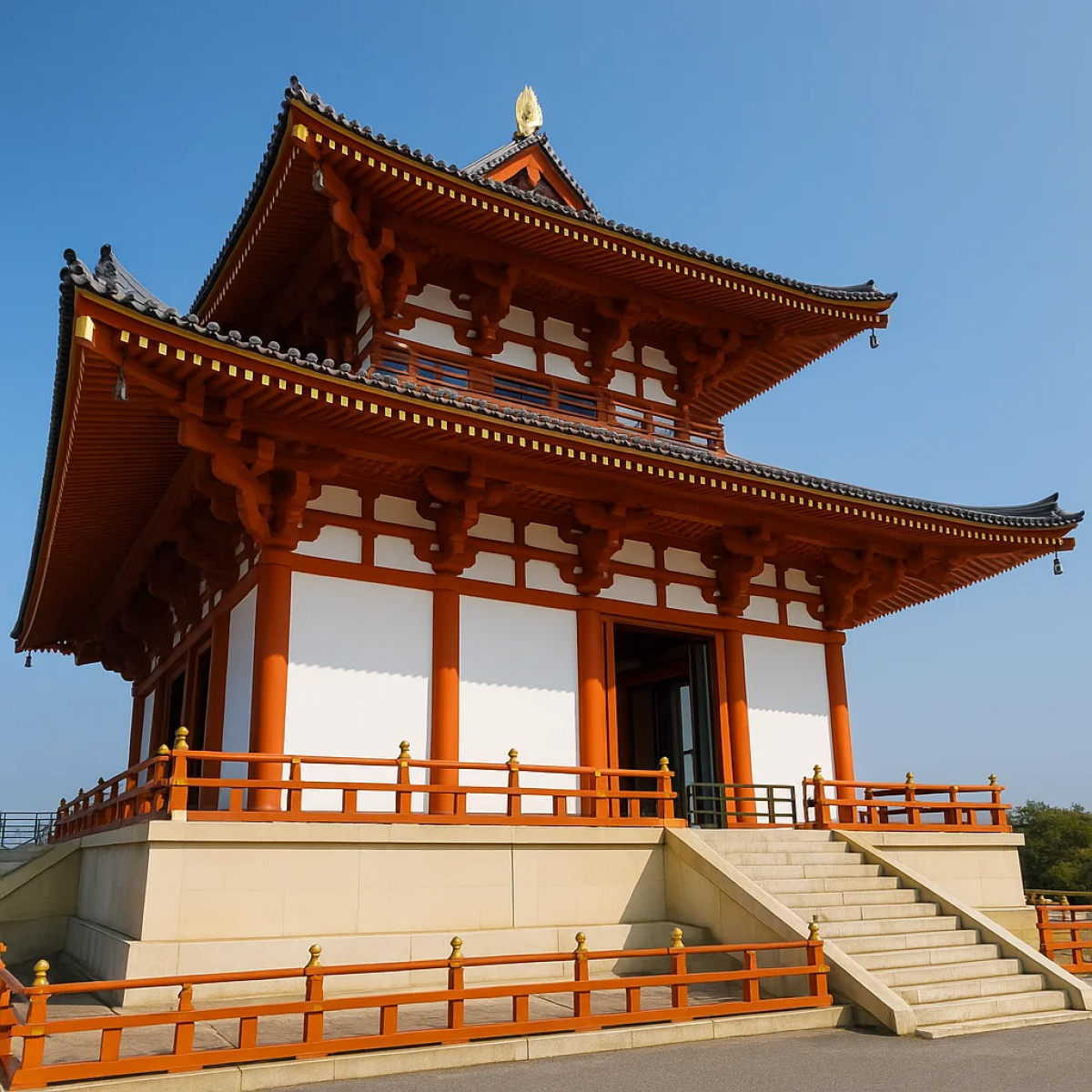
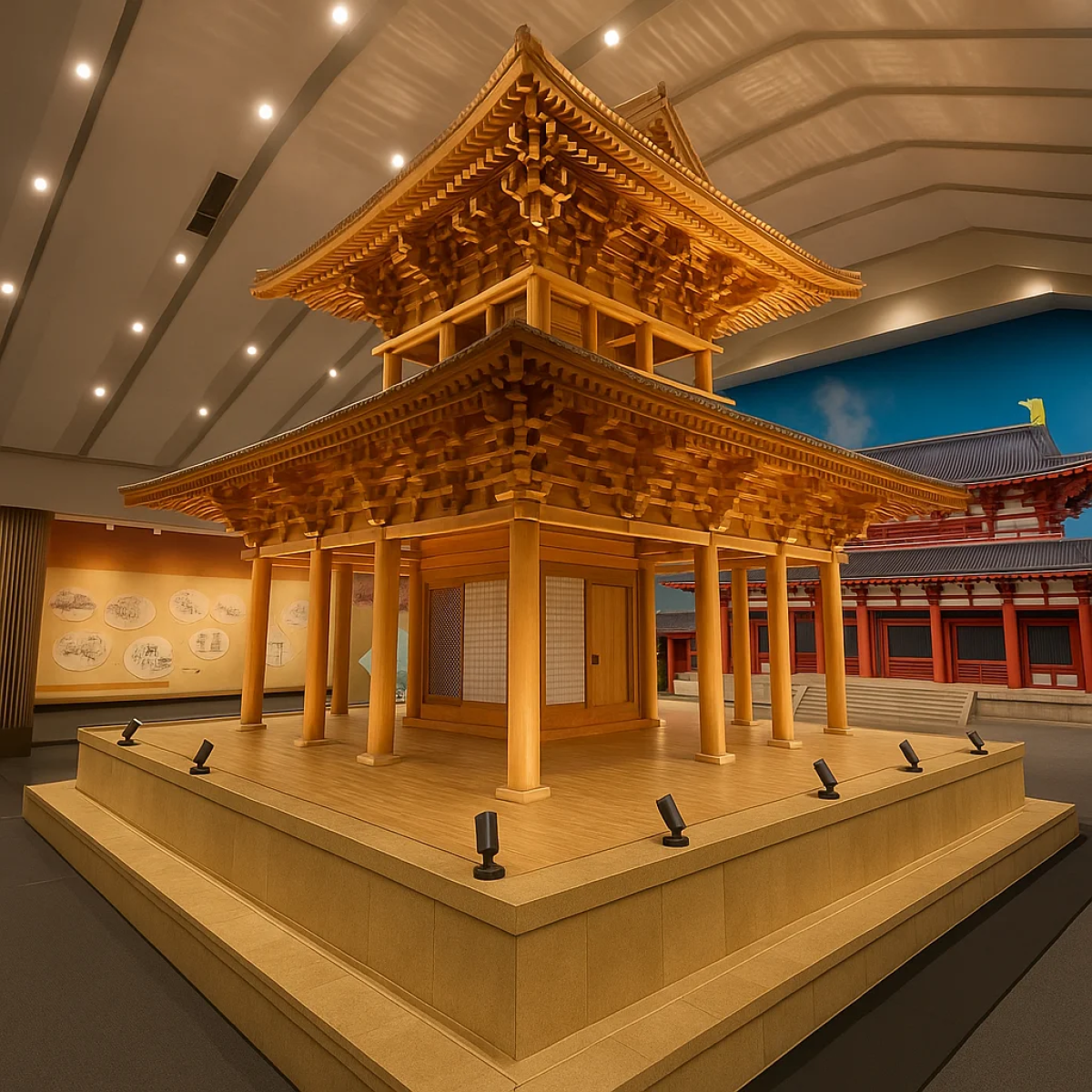
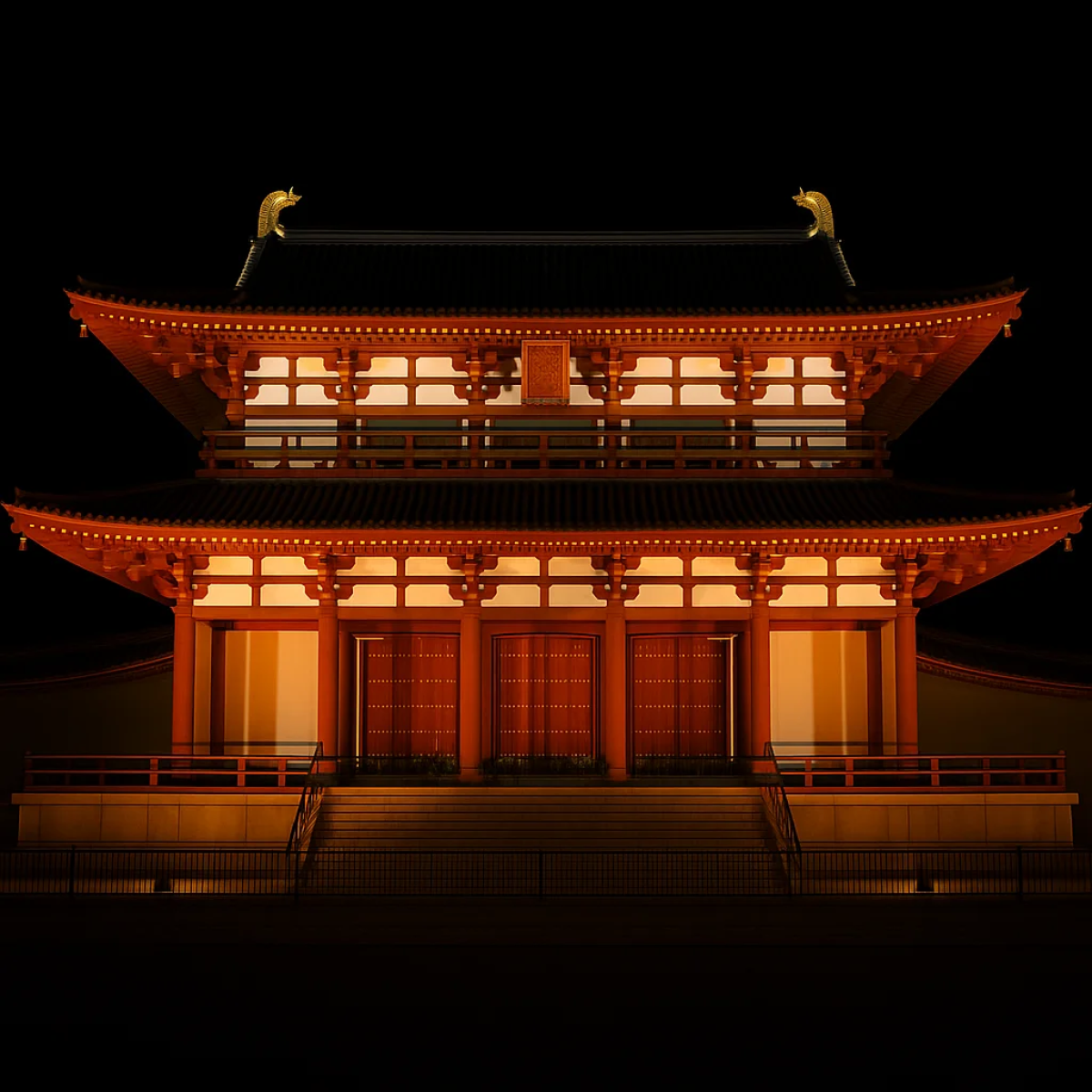
Heijo Palace
Heijo Palace was once the political and cultural heart of Japan’s ancient capital, Heijo-kyo, during most of the Nara Period (710–794). Covering an area of one square kilometer, it served as the imperial residence and the administrative center of the early Japanese state. Designed according to Chinese-influenced urban planning principles, the palace complex symbolized centralized power and courtly sophistication. After the capital moved to Nagaoka in 784, the site fell into disuse and gradually disappeared beneath farmland. Of the original buildings, only one hall survived—relocated centuries later to Toshodaiji Temple, where it remains preserved today.
Now a designated UNESCO World Heritage Site, the Heijo Palace site has been partially reconstructed to give visitors a glimpse into the grandeur of ancient Japan. Notable reconstructions include the majestic Former Audience Hall (Daigokuden), the towering Suzaku Gate, and the peaceful East Palace Garden. Beyond these landmarks, the grounds also feature open-air excavation sites, walking paths, and several museums. The Nara Palace Site Museum presents archaeological discoveries and interactive exhibits, while a VR theater digitally reimagines the palace’s original splendor. With its spacious layout and serene atmosphere, Heijo Palace offers a reflective journey into Japan’s early imperial history.
Hours and Fees
- Opening hours
-
9:00 to 16:30 (entry until 16:00)
- Closed
-
Mondays (or following day if Monday is a national holiday)
December 29 to January 3
- Entrance fee
-
Free
- Opening hours
-
9:00 to 17:00 (entry until 16:30)
- Closed
-
December 29 to January 1
- Entrance fee
-
Free
Getting there
Resources
Reviews
There are no reviews